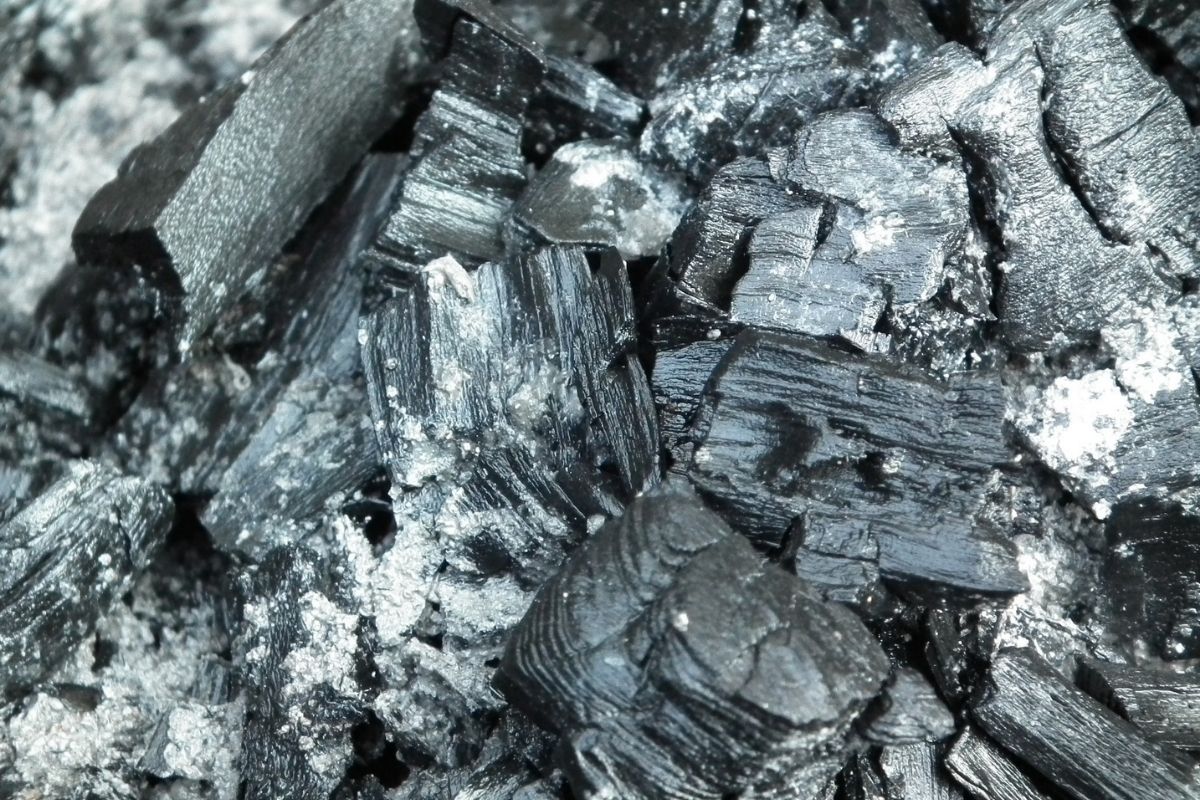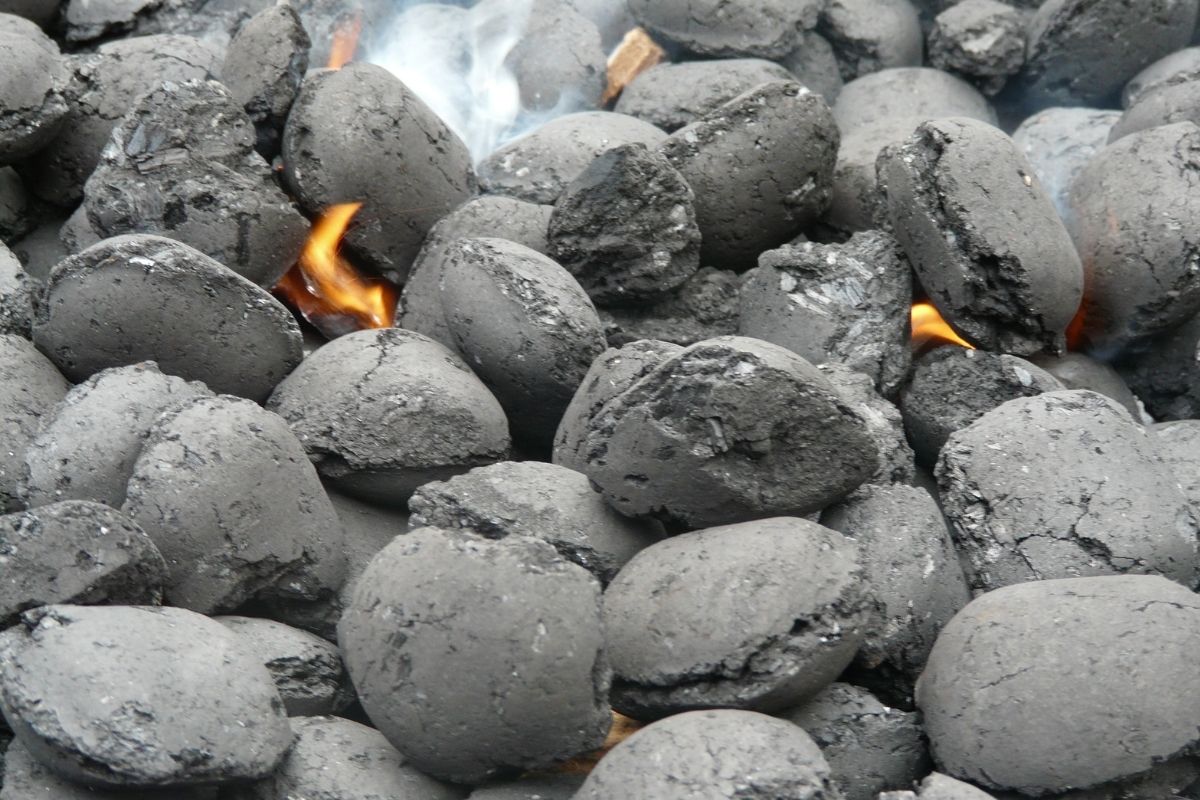
Coal silo protest
13 arrested in governor’s office
By Staff, wire reports
Police arrested 13 protesters Friday afternoon who occupied Gov. Joe Manchin’s reception area to protest Massey Energy’s plan to build a coal silo near a Raleigh County elementary school.
The demonstrators were handcuffed and carried to police vehicles after they refused orders to clear a security area in the back of the governor’s reception area, police said.
Ed Wiley, a Raleigh County grandfather who walked 455 miles from his home in Raleigh County to Washington, D.C., last fall to draw attention to pollution near Marsh Fork Elementary School, was among those arrested.
Several protesters refused to walk and were carried and dragged by State Police troopers and Capitol police.
“I was surprised,” said Kim Teplitzky, a demonstrator who remained in the Capitol after the arrests.
A small crowd of protesters surrounded police as they arrested demonstrators, filming the arrests on camcorders and threatening to file charges of police brutality.
Those arraigned on Friday evening were Wiley, 49, of Rock Creek; Abraham Mwaura, 26, of Huntington; Abram G. Racin, 24, of Morgantown; Charles Price, 50, of Charleston; Wendy Ross, 56, of Charleston; Michael Morrison, 48, of Barboursville; Larry L. Gibson, 61, of Dawes; Hillary Anne Hosta, 34, of Naoma; Sarah Melissa Kidder, 24, of Fayetteville; Charles E. Nelson, 50, of Glen Daniel; Colin W. Cascia, 22, of Philadelphia; Matthew Christian Stiefel, 21, of Morgantown; and Franklin D. Young, 61, of Ripley.
The protesters were charged with misdemeanour obstruction. All 13 were released on personal recognizance bonds. As a condition of their bond, they are not allowed to return to the Capitol for the purpose of protesting.
The arrested demonstrators were among about 50 protesters who took their fight against Massey’s Goals Coal Co. subsidiary to the state Capitol on Friday morning, vowing not to leave until Manchin agreed to sign a pledge to relocate the elementary school.
Accompanied by musicians and carrying a cardboard replica of the school, they marched into the governor’s outer office following a midmorning rally in the Capitol Rotunda.
Minutes before the arrests, Joe Martin, Manchin’s deputy chief of staff, read a statement from the governor to the crowd.
The statement said Manchin would encourage the Raleigh County school board to put the decision of building a new school at Marsh Fork to a countywide vote, but stressed that decision is out of the governor’s hands.
“Before the state can get involved in issues such as whether a school should be moved or if a new school should be built, a decision must first be made at the local level,” Martin read.
During occasionally tense exchanges earlier in the day, Martin tried to persuade the protesters to stop chanting and singing.
At one point, Wiley shouted at Martin, “Enough of this whispering in my ear, telling me to settle this down. We’ll raise the roof off the dang place,” which was met by cheers from the protesters.
Many of the protesters were from West Virginia’s southern coalfields, but some were college students from Tennessee, Pennsylvania, Virginia, North Carolina and Maine, in Southern West Virginia as part of an anti-mountaintop removal project called Mountain Justice Spring Break.
Demonstrators have come to West Virginia this weekend as part of a planned series of protests against what they call environmental abuse throughout the state.
The protest follows Tuesday’s ruling by the state Surface Mine Board that reversed the rejection of a necessary permit for the silo.
Massey Energy Co. subsidiary Goals Coal Co. is seeking a second storage silo for its preparation plant next door to Marsh Fork.
Manchin’s Department of Environmental Protection filed an appeal Thursday challenging the mine board’s ruling. DEP lawyer Tom Clarke asked for a stay of the board ruling while the appeal is heard, and argued that the board ruling alone — without a subsequent DEP permit approval under the board’s legal standard — does not allow the silo construction to start.
The DEP initially issued a permit for the 168-foot-tall silo, but revoked it in July 2005, saying a Massey engineer had enlarged the submitted map’s permit boundary from previously approved permits. Goals Coal then submitted a new application, which was rejected last year because federal and state laws prohibit new mining operations within 300 feet of a school.
Protesters want the school closed and a new one built at a different location.
After the arrests, some protesters went to magistrate court, while others marched to the Rotunda of the Capitol. Jay Smithers, director of the Division of Protective Services and head of the Capitol police, told protesters they were welcome to stay in the governor’s reception room until 5 p.m., or until 7 p.m. in the rest of the Capitol.
In addition to closing the school, the group wants to shut down Goals Coal’s preparation plant and a 1,849-acre mountaintop removal mine site and a 2.8 billion-gallon-capacity coal sludge dam about 400 yards from the school.
Don Blankenship, Richmond, Va.-based Massey’s chief executive officer, said the second silo would enable the company to make additional environmental improvements and cut down the amount of coal dust at the site.
But when it denied the silo permit for a second time last year, the DEP noted that there had never been an open coal stockpile in the area where the silos were planned. And in February 2006, the DEP turned down a related Massey permit request to double the allowable air pollution from the Goals Coal site.
In a federal court lawsuit, Blankenship alleges that the DEP is fighting the silo project as part of Manchin’s effort to punish Massey for Blankenship’s political involvement against the governor.








